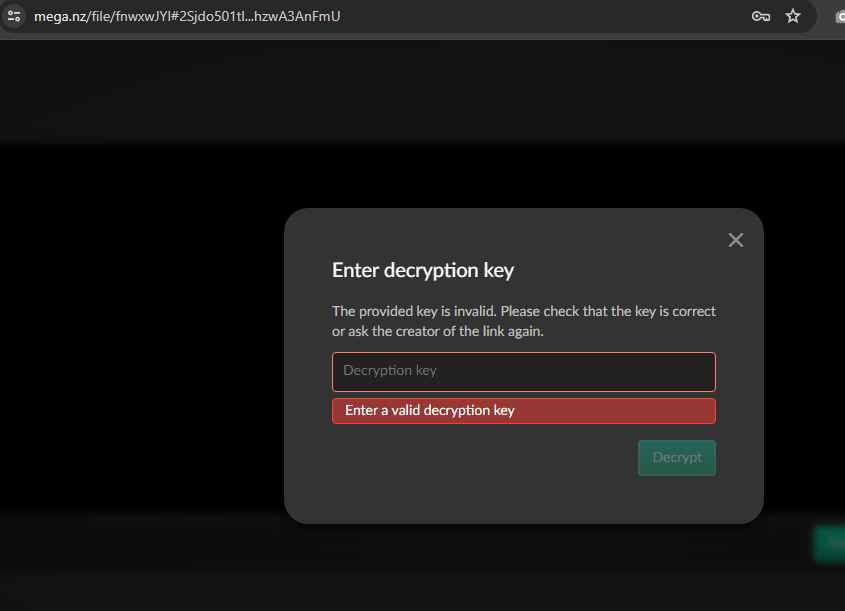- Joined
- Nov 19, 2023
- Messages
- 2,718
- Reaction score
- 23,607
- Points
- 113
- Thread Author
- #1
1) Create a custom user model: Tailor a specialized user model to meet the unique requirements of the subscription platform.
2) User creation and authentication: Implement secure user registration and authentication processes using Django.
3) User logout and account view protection: Enhance account security with logout functionalities and controlled account views.
4) Interface base navigation and layout: Design an intuitive interface using Django templates, emphasizing user-friendly navigation.
5) CRUD management for articles: Master Django’s capabilities for Create, Read, Update, and Delete operations in article management.
6) Account management: Develop tools for users to efficiently manage their accounts within the Django framework.
7) Subscription setup – Phase I and II: Establish subscription functionalities in two comprehensive phases for enhanced user engagement.
8) PayPal – Initial Setup: Integrate PayPal for seamless online payment processing, with a focus on initial setup within the Django environment.
9) Create a Subscription with PayPal’s API: Implement subscription creation using PayPal’s API, ensuring a smooth user experience.
10) Delete a Subscription with PayPal’s API: Develop functionality enabling users to cancel subscriptions seamlessly through PayPal’s API.
11) Update a Subscription with PayPal’s API – [Optional]: Explore additional content on updating subscriptions using PayPal’s API within the Django framework. Guidance will be given on to explore and do external research on implementing an update solution (upgrade/downgrade subscriptions).
12) Client – Subscription workflow optimisation: Optimize the subscription workflow for improved client-side performance and a streamlined user experience.
13) PayPal – Production Mode: Transition the PayPal integration to production mode, ensuring readiness for real-world usage.
14) Password management: Implement Django’s secure password management practices for enhanced user account security.
15) User Interface / Experience – Design: Focus on designing an engaging and responsive user interface and experience using Django templates.
16) Email verification: Strengthen account security through Django-based email verification processes.
17) Cloud storage with Amazon S3: Integrate Amazon S3 for efficient and scalable cloud storage solutions within the Python Django framework.
18) Create a PostgreSQL database with Render: Set up a PostgreSQL database using Render to efficiently manage data in conjunction with Django.
19) Deployment to Render: Learn the process of deploying the complete Python Django-based subscription platform to the Render platform for public access.
2) User creation and authentication: Implement secure user registration and authentication processes using Django.
3) User logout and account view protection: Enhance account security with logout functionalities and controlled account views.
4) Interface base navigation and layout: Design an intuitive interface using Django templates, emphasizing user-friendly navigation.
5) CRUD management for articles: Master Django’s capabilities for Create, Read, Update, and Delete operations in article management.
6) Account management: Develop tools for users to efficiently manage their accounts within the Django framework.
7) Subscription setup – Phase I and II: Establish subscription functionalities in two comprehensive phases for enhanced user engagement.
8) PayPal – Initial Setup: Integrate PayPal for seamless online payment processing, with a focus on initial setup within the Django environment.
9) Create a Subscription with PayPal’s API: Implement subscription creation using PayPal’s API, ensuring a smooth user experience.
10) Delete a Subscription with PayPal’s API: Develop functionality enabling users to cancel subscriptions seamlessly through PayPal’s API.
11) Update a Subscription with PayPal’s API – [Optional]: Explore additional content on updating subscriptions using PayPal’s API within the Django framework. Guidance will be given on to explore and do external research on implementing an update solution (upgrade/downgrade subscriptions).
12) Client – Subscription workflow optimisation: Optimize the subscription workflow for improved client-side performance and a streamlined user experience.
13) PayPal – Production Mode: Transition the PayPal integration to production mode, ensuring readiness for real-world usage.
14) Password management: Implement Django’s secure password management practices for enhanced user account security.
15) User Interface / Experience – Design: Focus on designing an engaging and responsive user interface and experience using Django templates.
16) Email verification: Strengthen account security through Django-based email verification processes.
17) Cloud storage with Amazon S3: Integrate Amazon S3 for efficient and scalable cloud storage solutions within the Python Django framework.
18) Create a PostgreSQL database with Render: Set up a PostgreSQL database using Render to efficiently manage data in conjunction with Django.
19) Deployment to Render: Learn the process of deploying the complete Python Django-based subscription platform to the Render platform for public access.
To see this hidden content, you must reply and react with one of the following reactions :  Like
Like



